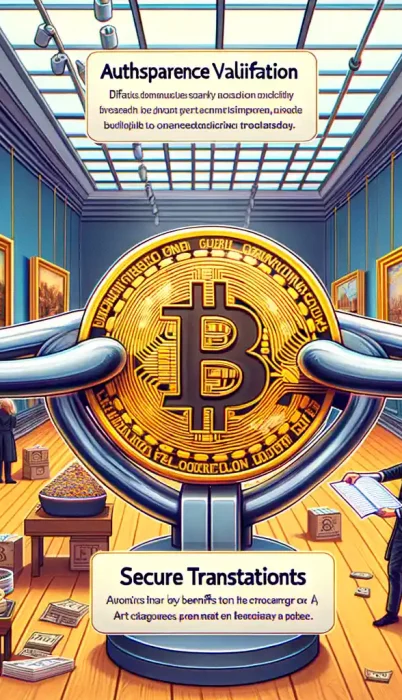Understanding the Role of Blockchain in Art Authentication
Blockchain: An Unbreakable Link Between Artist and Artwork
Imagine walking into a gallery, falling in love with a stunning painting, and wondering—”Is this truly authentic?” Enter blockchain, the digital sleuth helping collectors, curators, and artists prove authenticity like never before. At its core, blockchain is a secure, tamper-proof ledger maintaining an unchangeable chain of records. And in the art world, this is nothing short of revolutionary.
With blockchain, each piece of art gets a digital “passport.” Think of it as a diary where every significant event—creation, ownership change, exhibition history—is logged and stored. The catch? These entries are permanent. No sneaky changes, no mysteries. For instance, buying a famous artist’s sculpture? You can instantly verify if it came directly from them or through authorized galleries. How cool is that?
And here’s the cherry on top: accessible records! You don’t have to be a tech wizard—just scan a code, and voila! Art history unfolds at your fingertips.
Key Benefits of Blockchain for Art Transactions
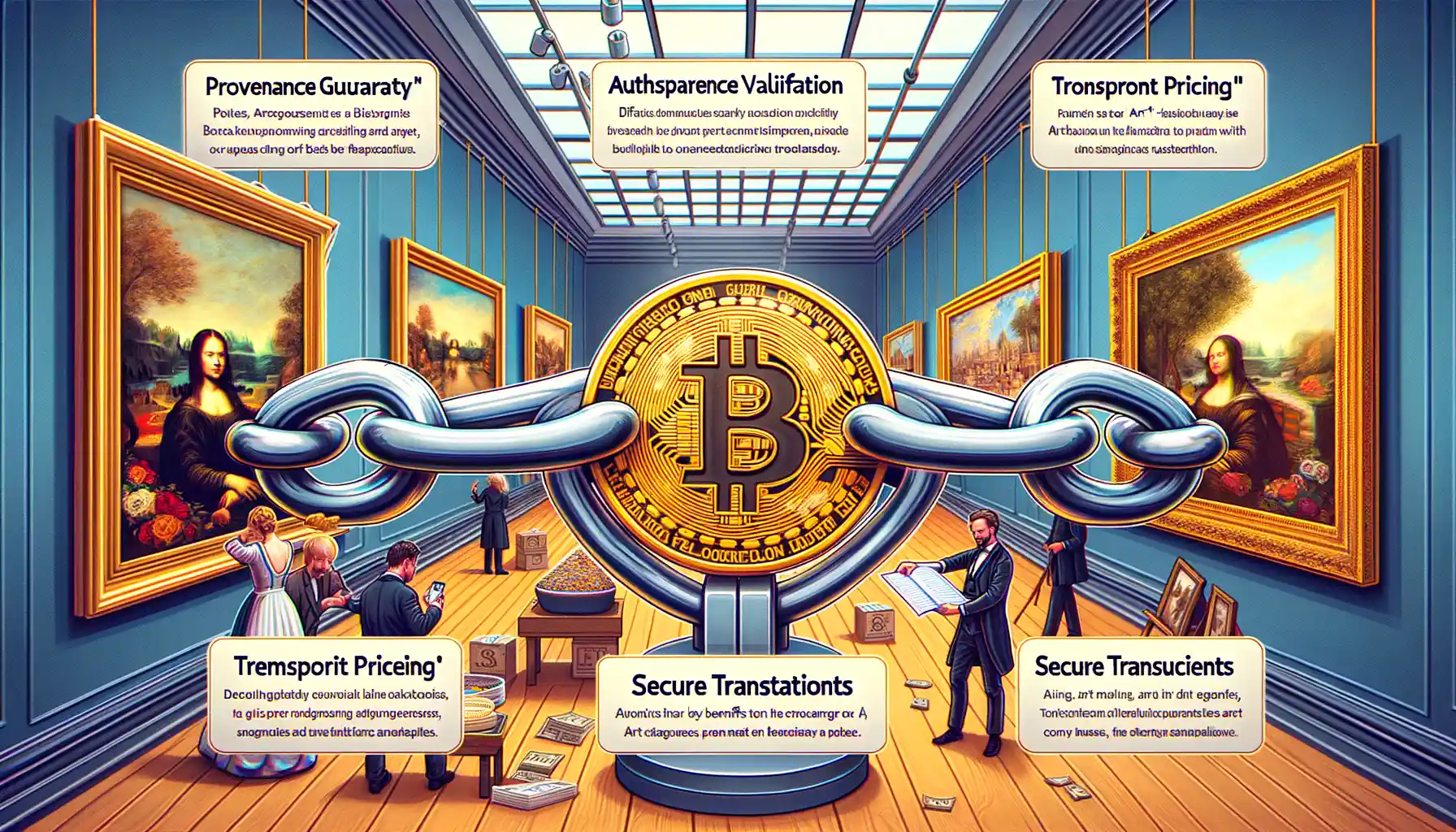
Unlocking Trust and Transparency in Art Transactions
Imagine buying a masterpiece but constantly worrying: Is it real? Was its history tampered with? Blockchain swoops in like the hero the art world didn’t know it needed, armed with unmatched transparency. Every brushstroke’s journey is securely logged on an immutable ledger. From the artist’s studio to the collector’s hands, blockchain creates an unbroken chain of trust.
What’s enchanting is how this technology strips away ambiguities. For instance, collectors can now verify the origin of a Picasso sketch without hidden whispers of forgery. Galleries thrive too—they gain tools to show provenance as a living, breathing digital timeline.
- Prevent forgeries: Each piece receives a unique blockchain “fingerprint,” making counterfeiting close to impossible.
- Global access: Buyers and sellers worldwide can interact free from geographical limitations, knowing they’re operating in a secure space.
- Smart contracts: Payments tied to ownership transfer are automated, ensuring fairness.
Ownership Redefined with Digital Certainty
Blockchain doesn’t just protect physical art—it also revolutionizes the digital realm. Think about NFTs (non-fungible tokens): owning a digital artwork becomes as authentic as holding a signed Van Gogh. Blockchain isn’t a trend; it’s rewriting how humanity values creativity.
Challenges and Limitations of Using Blockchain in the Art World
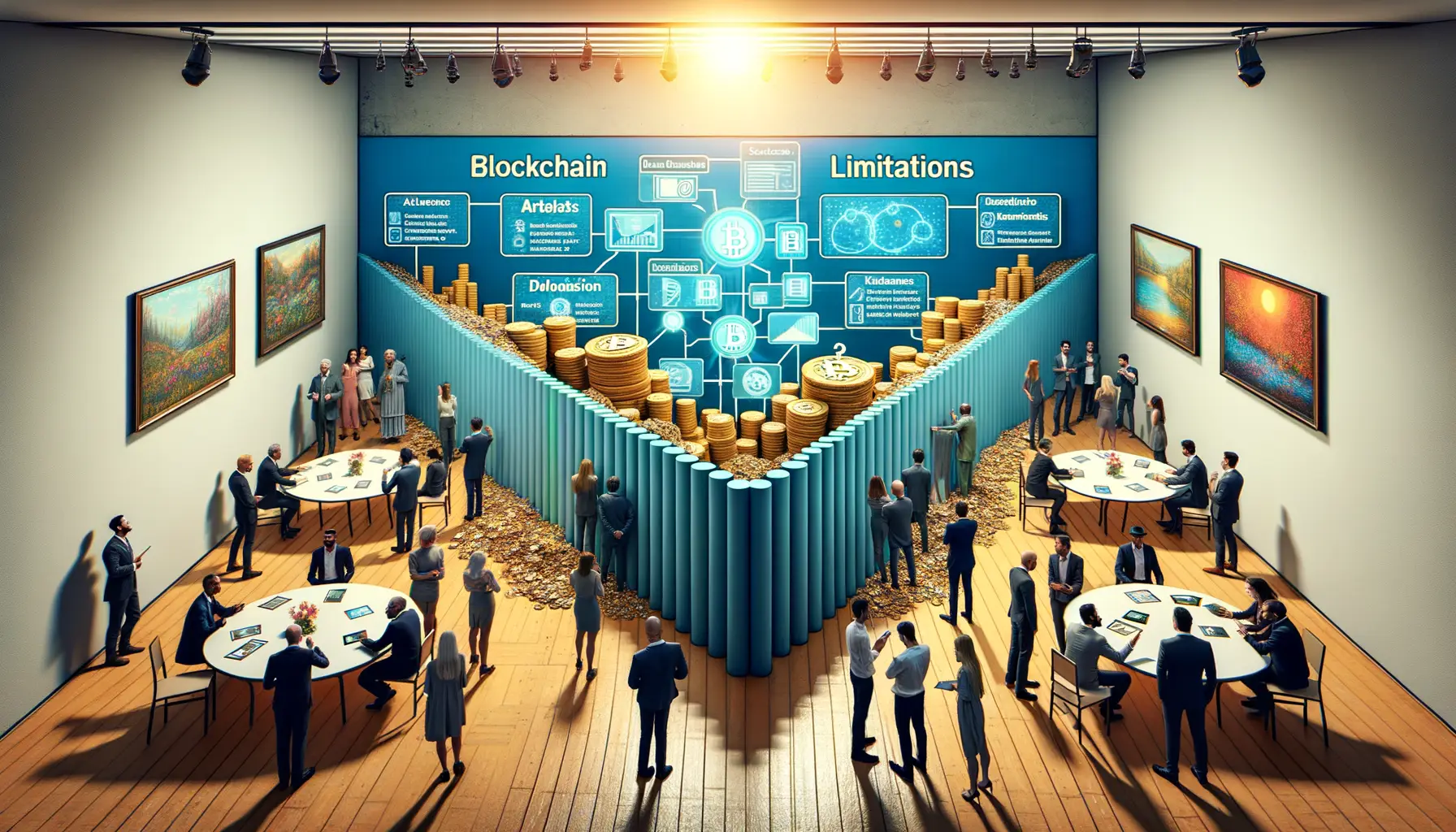
The Complexity of Innovation: Blockchain’s Hurdles in Art
The idea of merging blockchain technology with the art world sounds futuristic, doesn’t it? But it’s not all smooth sailing. Let’s talk about the elephant in the room—scaling this innovation isn’t as easy as waving a magic wand. For starters, blockchain systems can get bogged down. Picture trying to run a marathon, but the road gets narrower with every mile. That’s how some blockchains struggle with high volumes of transactions.
And here’s a curveball—integrating blockchain into art marketplaces isn’t just about technology; it’s about trust. Traditional art dealers and galleries might hesitate to embrace a system they don’t fully understand. Who can blame them? It’s like asking someone who’s only ever ridden horses to suddenly pilot a jet.
- Energy consumption: Many blockchain platforms use astounding amounts of energy. Not exactly eco-friendly for an industry so tied to creativity and culture.
- Costs involved: Minting a piece of art as an NFT or adding it to a blockchain ledger comes with transaction fees that can deter smaller artists or galleries.
When tradition meets tech, friction is inevitable. It’s a bit like oil and water—they can mix, but only with effort.
Real-World Applications and Case Studies
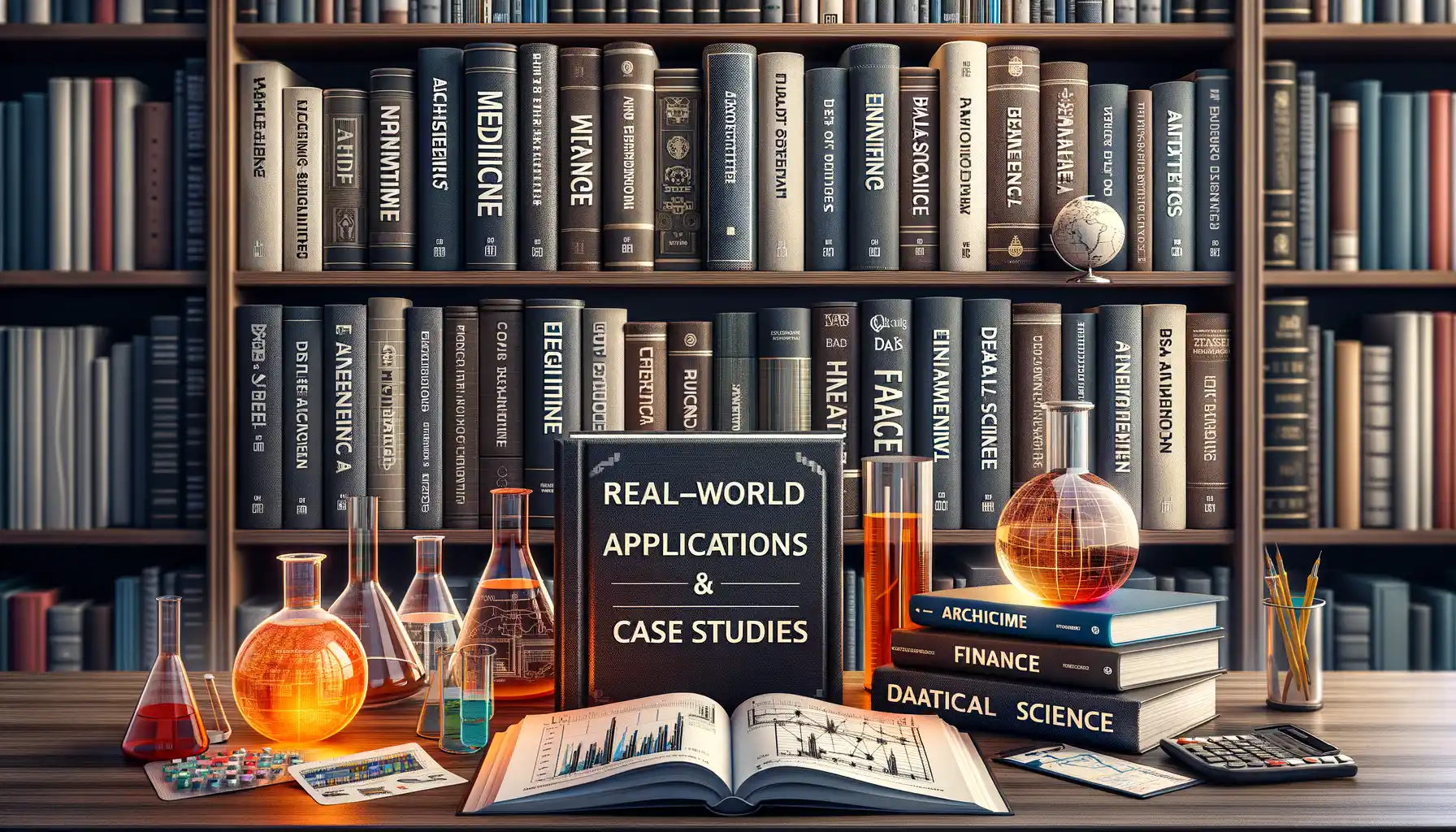
From Galleries to Global Auctions: Blockchain in Action
Imagine stepping into a gallery and falling in love with a painting that stirs your soul. But how can you be certain it’s the real deal? Enter blockchain technology, which has already made waves in ensuring art authenticity. Let’s dive into how this digital game-changer is shaping the real world.
In 2018, the prestigious auction house Christie’s tested blockchain for the sale of Barney A. Ebsworth’s art collection. This wasn’t just a gimmick—it allowed buyers to view an unalterable record of each artwork’s history. Every brushstroke of ownership was preserved, like a perfectly kept diary.
Or consider Verisart, a platform transforming the certification process for contemporary artists. By creating tamper-proof digital certificates of authenticity, they’ve helped emerging artists build trust while giving collectors peace of mind.
- Collectors can track provenance with a single click.
- Art theft victims are reclaiming stolen works through immutable blockchain records.
The magic of blockchain isn’t confined to high-end auctions. Indie creators on platforms like OpenSea use it daily to prove their NFTs are authentic. That’s not just technology—it’s empowerment. It’s every artist’s story given permanence.
The Future of Blockchain in Art Market Transactions
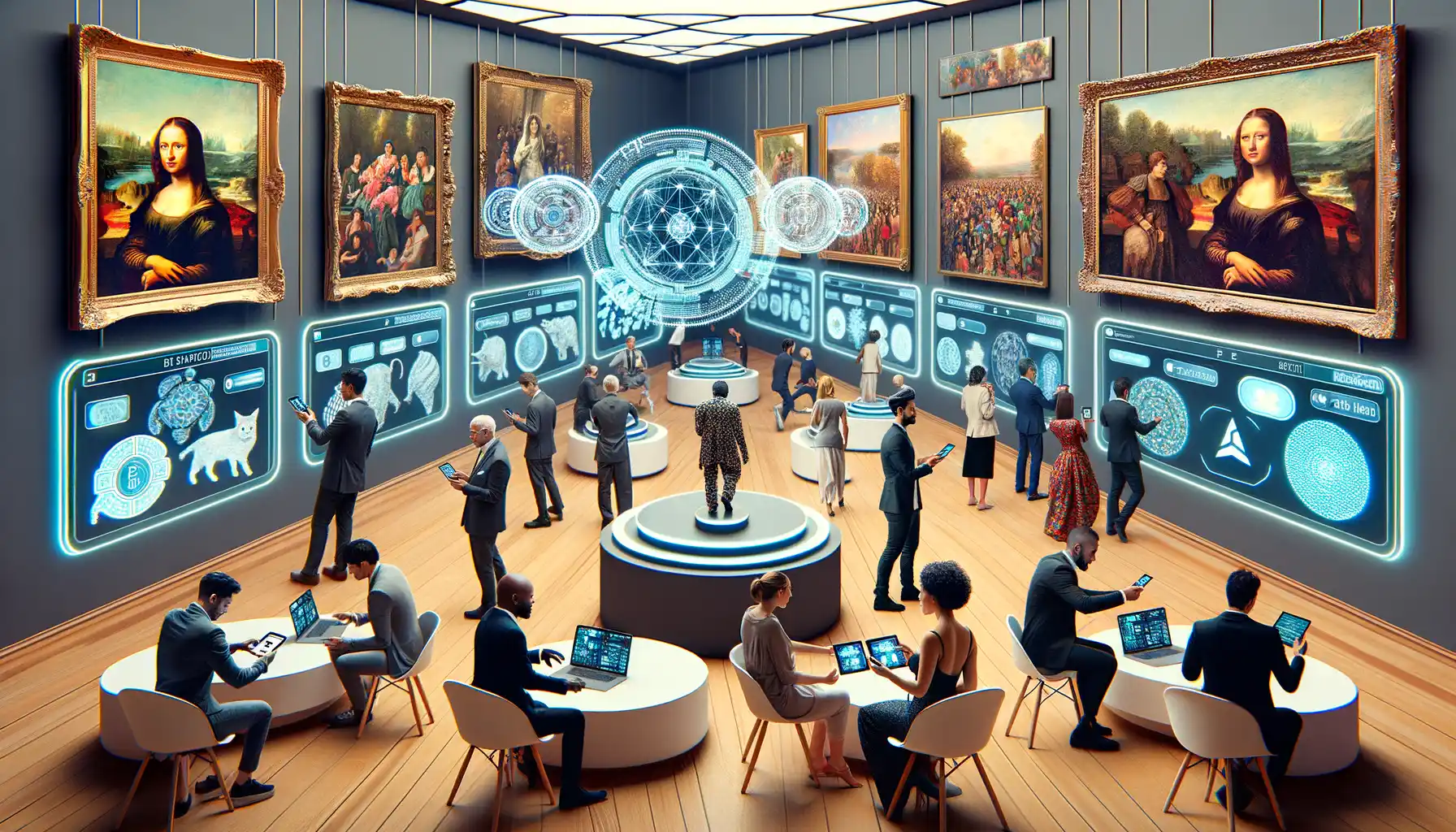
A Revolution in How Art Changes Hands
Picture this: a world where buying or selling art feels as streamlined and secure as sending a text. That’s the promise of blockchain in the art market. Forget dusty paperwork, blurred provenance trails, or wondering if that “authentic” piece hanging on your wall has a hidden twin elsewhere. Blockchain is poised to wipe these worries clean with its digital brush.
Imagine an artist uploading their work to a blockchain-based platform. Every brushstroke’s journey — from creation to exhibition to sale — is meticulously logged in an immutable ledger. Buyers? They no longer have to rely on trust alone. A quick scan of a QR code linked to the artwork tells them its story, down to the very first handshake.
- Smart contracts can automate sales, ensuring artists get paid royalties as their work appreciates over time.
- Collectors can verify an artwork’s authenticity at lightning speed, bypassing middlemen entirely.
It’s not just practical — it’s poetic. The art itself becomes immortalized, bound to digital proof of its existence. Welcome to the future, where technology and creativity dance seamlessly together!
